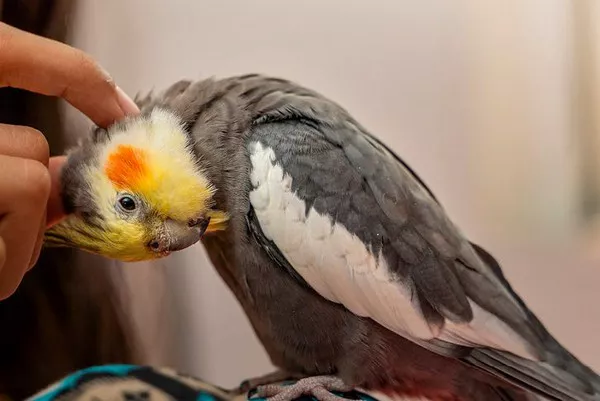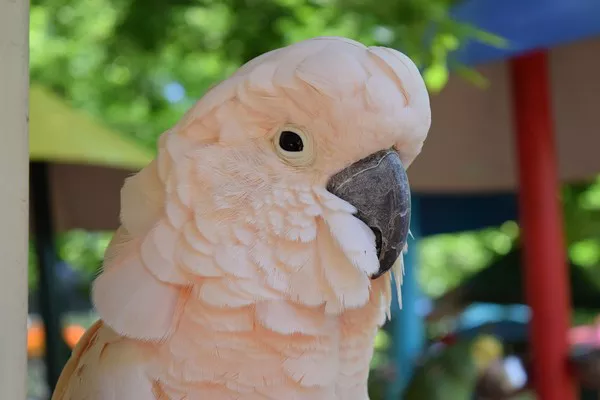Betta fish (Betta splendens), also known as Siamese fighting fish, are one of the most popular aquarium pets worldwide. They are known for their vibrant colors, flowing fins, and unique personalities. Bettas are relatively easy to care for, but they do require some attention, particularly when it comes to their living environment. Maintaining clean water is one of the most crucial aspects of Betta care. One of the most effective ways to keep their tank in top condition is through regular partial water changes. In this article, we will walk you through the process of performing a partial water change for your Betta, why it is necessary, and some tips to ensure your fish remains healthy and happy.
Why Is Partial Water Change Important for Betta Fish?
Water changes are essential to maintaining a healthy and stable environment for your Betta. Fish produce waste through their gills, food, and uneaten particles, which can break down into toxic compounds such as ammonia, nitrites, and nitrates. These substances can quickly build up in an aquarium, harming the Betta and other inhabitants.
Even in a well-maintained tank, fish waste, leftover food, and other organic materials can accumulate. If left unchecked, the water can become polluted, leading to poor water quality, algae growth, and health issues for your Betta. Regular partial water changes help reduce the buildup of harmful toxins and refresh the aquarium water, ensuring that the Betta stays healthy and stress-free.
By performing partial water changes, you also help maintain a balanced nitrogen cycle. The nitrogen cycle refers to the process by which beneficial bacteria in the filter and substrate break down toxic ammonia into less harmful compounds like nitrites and nitrates. While partial water changes do not eliminate the need for good filtration and proper cycling, they assist in keeping the levels of toxins in check.
The Benefits of Partial Water Changes
Before we dive into the “how” of partial water changes, let’s discuss some of the key benefits:
Improves Water Quality: Over time, harmful substances like ammonia, nitrites, and nitrates build up in the aquarium. Regular water changes dilute these toxins, improving the overall water quality and creating a healthier environment for your Betta.
Prevents Algae Growth: A buildup of organic material in the tank provides nutrients for algae. Regular water changes help reduce these nutrients, keeping your tank cleaner and minimizing algae growth.
Reduces Stress for Betta Fish: Poor water quality can stress Betta fish, making them more susceptible to illness. By maintaining clean water, you can minimize stress, allowing your Betta to thrive.
Promotes Proper Growth and Vibrant Colors: Betta fish are known for their bright and colorful fins. Clean water contributes to a healthier Betta, which in turn can improve its physical appearance and vitality.
Supports Beneficial Bacteria: Regular partial water changes can help maintain the balance of beneficial bacteria that break down harmful compounds in the tank. This ensures that the biological filtration system remains effective.
How Often Should You Perform Partial Water Changes?
The frequency of partial water changes for your Betta tank depends on several factors, including the tank size, the number of fish, the filtration system, and the overall water quality. Generally speaking, a 25-30% water change once a week is recommended for most Betta tanks. However, for smaller tanks (less than 5 gallons), more frequent changes may be necessary, possibly every 2-3 days, because smaller tanks accumulate waste and toxins more quickly.
In tanks with live plants and a good filtration system, you may be able to go a bit longer between water changes. On the other hand, if your Betta tank is overstocked or lacks a filter, more frequent changes may be required.
If you notice cloudy water, an increase in algae growth, or a drop in your Betta’s health, this is a sign that the water quality is compromised, and you should perform a water change sooner.
Step-by-Step Guide to Performing a Partial Water Change for Betta Fish
Now that you understand the importance and benefits of partial water changes, let’s break down the process step by step. Doing a partial water change is simple and straightforward, but there are several crucial steps to ensure that you do it correctly and avoid stressing your Betta.
Step 1: Gather Your Supplies
Before you start, make sure you have everything you need:
A clean bucket or container: Use a dedicated container that has not been used for any chemicals or cleaning products. You don’t want to introduce harmful substances to the tank water.
Siphon or gravel vacuum: A siphon or gravel vacuum will help you remove the water and debris from the tank. Some siphons come with a filter to help collect waste as you siphon the water.
Water conditioner: Tap water often contains chlorine or chloramine, which can be toxic to your Betta. A water conditioner neutralizes these chemicals and makes the water safe for your fish.
Thermometer: If you’re performing a large water change, it’s important to ensure that the new water is the same temperature as the tank water to prevent shocking your Betta.
Step 2: Prepare the New Water
Before removing any water from the tank, you need to prepare the new water. Fill your bucket or container with fresh, dechlorinated water. Make sure the water is at the same temperature as your Betta’s tank. To achieve this, you can either leave the water to sit for a while or use a thermometer to check the temperature. A temperature range of 76-80°F (24-27°C) is ideal for Betta fish.
Once the water is at the correct temperature, add the appropriate amount of water conditioner according to the instructions on the product label. This ensures that the chlorine and chloramine in the tap water are neutralized and safe for your Betta.
Step 3: Turn Off the Filter and Heater (Optional)
While it’s not strictly necessary to turn off the filter and heater, it can be helpful to do so during the water change. The filter may suck in air if the water level is too low, and the heater could malfunction if it’s exposed to air for too long. If you choose to turn them off, make sure to turn them back on once the water change is complete.
Step 4: Remove the Old Water
Using a siphon or gravel vacuum, start removing water from the tank. Place the siphon tube into the tank, ensuring that it’s deep enough to remove the debris from the substrate. As you siphon, gently move the gravel vacuum over the substrate to vacuum up any uneaten food, fish waste, and organic material that has accumulated.
You don’t need to remove all of the water—usually, a 25-30% water change is sufficient. It’s essential to avoid removing too much water at once because Betta fish can get stressed if the water level drops too quickly. If you’re changing a small amount of water, you can also use a cup to remove the water instead of a siphon.
Step 5: Clean the Decorations and Glass (Optional)
While performing the water change, this is a good time to clean any decorations, plants, or the glass of the tank. Use a soft cloth or aquarium-safe sponge to clean algae off the glass. If you have decorations, rinse them in aquarium water (not tap water) to remove any dirt or algae. Avoid using soap or any cleaning products that could harm your Betta.
Step 6: Add the New Water
Slowly pour the freshly prepared water into the tank. Avoid pouring it directly over your Betta, as this can cause stress. Instead, pour the water gently onto a flat surface like a plate or a rock to distribute the flow evenly across the tank.
Step 7: Check the Water Parameters
After the water change, it’s important to check the water parameters to ensure everything is in balance. This includes testing the pH, ammonia, nitrite, and nitrate levels. A proper test kit will allow you to monitor the water quality regularly and ensure that your Betta’s environment remains stable. For a Betta tank, the pH should be between 6.5 and 7.5, ammonia and nitrite should both be at 0, and nitrates should be kept below 20 ppm.
Step 8: Turn the Filter and Heater Back On
Once the water change is complete, turn the filter and heater back on. Make sure that the filter is working properly and that the heater is maintaining a stable temperature.
Step 9: Observe Your Betta
After completing the water change, observe your Betta for any signs of stress or discomfort. Bettas can sometimes be sensitive to water changes, so it’s essential to keep an eye on their behavior. They may swim around more actively or explore different areas of the tank. However, if your Betta seems lethargic or stressed, check the water parameters again to ensure everything is in balance.
Tips for Maintaining a Healthy Betta Tank
Avoid Overfeeding: Overfeeding is one of the most common causes of poor water quality in Betta tanks. Feed your Betta only as much as it can eat in 2-3 minutes, and remove any leftover food promptly to prevent it from decomposing in the tank.
Regular Maintenance: In addition to partial water changes, make sure to clean the filter and check the water parameters regularly to keep the tank environment stable.
Use a Good Filtration System: A reliable filter is an essential part of maintaining a healthy tank. Choose a filter that is appropriately sized for your Betta’s tank, and clean it regularly to ensure it functions properly.
Monitor Tank Temperature: Betta fish are tropical fish, and they require warm water. Maintain a stable temperature range of 76-80°F (24-27°C) to keep your Betta healthy.
Consider Tank Size: Betta fish do best in tanks that are at least 5 gallons. Smaller tanks can quickly become overcrowded with waste, making regular water changes even more important.
Conclusion
Performing regular partial water changes is one of the simplest and most effective ways to maintain a healthy environment for your Betta fish. By following the steps outlined in this article and keeping a close eye on your Betta’s tank, you can ensure that your fish remains vibrant, active, and free from stress. Remember, clean water is key to Betta health, and regular maintenance will go a long way in providing a long, happy life for your Betta.
Related Topics:





















